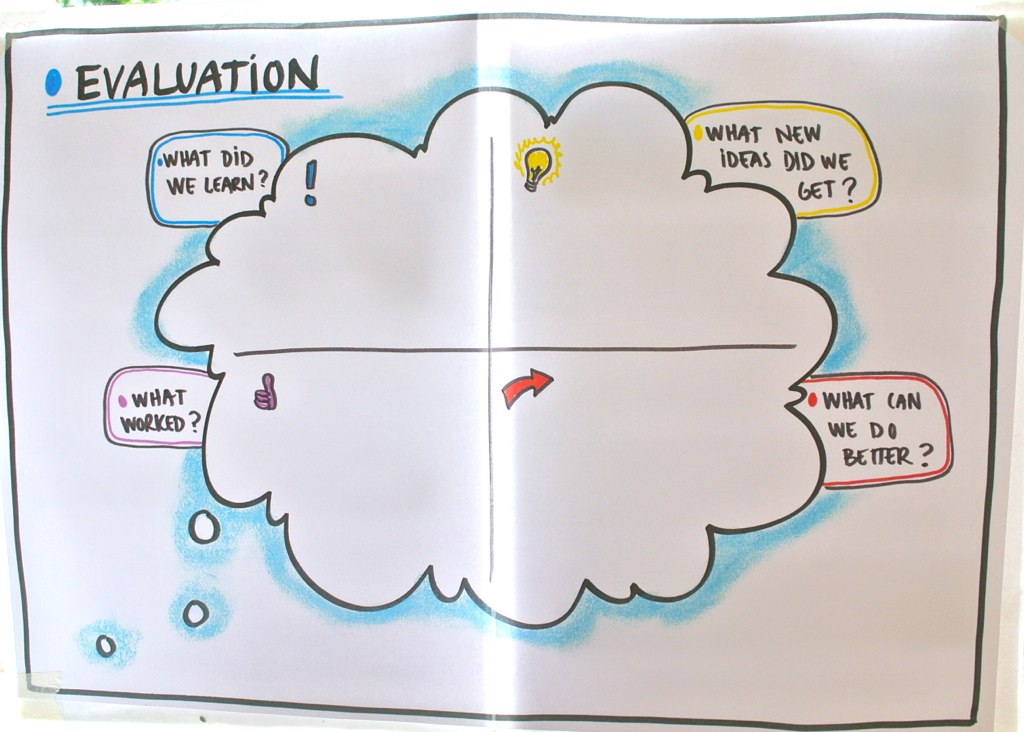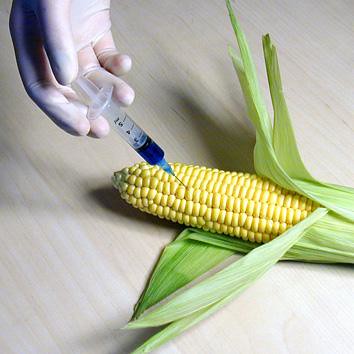In this post I created an annotated bibliography according
to the
American
Chemical Society Style for creating citations.
This link shows an example of an annotated
bibliography that I followed while creating mine. I apologize for the weird
formatting, I was unable to get the formatting to work properly in Google Drive
as well.
1. Abdessamad, A. Aouad Abdessamad
on Twitter, 2015. Twitter. https://twitter.com/AouadAbdessamad/status/640307101936578560
(accessed Sep 6, 2015).
Aouad Abdessamad used Twitter as a platform to inform the
readers. His tweet guides the reader to both his blog, and an article about
genetically modified food. Though Twitter, in addition to other forms of
social media, are typically used for a person to share their opinions, the two articles
that were linked in the tweet give both sides of the genetically modified food
making Aouad's comment a unique unbiased source, which can be used to contrast
all of the other sources because it remains mostly partial.
2. Braun, R. People's Concerns
About Biotechnology: Some Problems And Some Solutions. J. of Biotech. [Online] 2002, 98,
3-8. http://www.sciencedirect.com/science/article/pii/S0168165602000810 (accessed Sep 5,
2015).
This is one of the few articles I was able to find that
advocated for genetic modification of plants. This article mentioned the benefit
GMOs could have the world's food supply and claimed genetic modification was
safe due to the lack of documented incidents. This article like the one from
Scientific American will add interesting contrast to the plethora of articles against genetic modification.
3. Gebreyes, R. Bill Nye Expains
Why He Changed His Mind About GMOs, 2015. Huffington Post. http://www.huffingtonpost.com/2015/05/11/bill-nye-gmos-changed-mind_n_7245092.html.
(accessed Sep 11, 2015).
This
purpose of this source was to connect the reader to an interview conducted by
the Huffington Live with Bill Nye on his opinions on GMOs. This article will be
very helpful to the creation of a Quick Reference Guide because it shows people
using the media to talk about genetically modifying food.
4. Latawiec, A. Amy Metcalf
Latawiec on Twitter, 2015. Twitter.
https://twitter.com/Amy_Danger/status/640229501369237506 (accessed Sep 6,
2015).
Amy
Latawiec's tweet was in response to other twitter users tweets. She is arguing
against the growing discontent with the movement, "What's in our
food". Using a post from Twitter will add a sample of the general public
into the analysis. Twitter limits users to shorts messages, therefore the
comment from Amy in concise, and easily describes her beliefs on the
controversy.
5. Madin, E. Genetically
Engineered Salmon Pose Environmental Risks That Must Be Considered. BioScience. [Online] 2011, 61,
6-6. http://bioscience.oxfordjournals.org/
content/61/1/6.full (accessed Sep 5, 2015).
The
interesting thing about this article is its specific to an event in the genetic
engineering food controversy. It pertains to the FDA considering allowing
genetically altered fish to enter the regular environment, so its warnings
against GMO are in response to an event. The context of this journal article
will be helpful in adding context to the analysis of the controversy.
6. McWaffle89. GMOs? Science on the
subject rather than the BS from both sides, 2013. Reddit. https://www.reddit.com/r/askscience/comments/1ce3v4/gmos_science_on_the_
subject_rather_than_the_bs/
(accessed Sep 11, 2015).
This source was a comments thread
started in the ScienceAsk section of Reddit. While the responses to the
original question range from helpful to humorous, some of the information provided
is scientific and provides good background of what GMOs are and why the controversy
on them. This source will be the most useful in comparing information provided from
other biased sources about GMOs. Because comment threads have more than one
author, the source has more than one perspective and bias.
7. Mercola. Genetically Modified
Organisms (GMO) - Myths and Truths [Video]. September 20, 2012. Youtube.
2012. https://www.youtube.com/channel/UCxscQY7X0mtnaCbkGTjZ17g (accessed Sep 11, 2015).
This particular source was created with
the purpose of getting California residents to vote against a GMO related proposition. As a result
of its purpose, this video was very biased against the use of GMO. The source
employed several type graphics including photographs, graphs and
charts, and artistic renditions. This source will be useful in creating
a Quick Reference Guide because it gives lots of detailed information on the
history of genetically engineering plants. Because it is a biased source, it
will be most effective when used in combination with a source biased on the
opposite side.
8. Realtruth.org,. Genetically
Engineered Foods “ Why the Controversy?:, n.d. Real Truth. http://www.realtruth.org/articles/223-gefwtc.html
(accessed Sep 5, 2015).
This article by Real Truth is trying to inform the reader
about the controversy surrounding the genetically engineered food, while
trying to persuade the reader against the genetically altered organisms. Real
Truth focuses on countering every claim made by those in favor of GMO with what
it believes is the truth. This article will be helpful in the future as it gives
examples of possible scenarios that could result because of the GMOs in the
environment, and quotes like this could give an interesting perspective to an
argument.
9. Ronald, P. Plant Engineers Sow Debate, 2014. Scientific
American. http://www.scientificamerican.com/article/plant-engineers-sow-debate/
(accessed Sep 5, 2015).
The
article "Plant Engineers Sow Debate, published in Scientific American
works to enlighten the reader about the benefits of genetically modifying plants.
Ronald highlights the scientific advancements that have allowed for
scientists to modify food to be more beneficial for humans. Because this
article provides a very different attitude on genetic engineering food, it will
be helpful in contrasting the information from the other sources.
10. Tarasova, A. Why are you
anti-GMO?, Tumblr. http://annietarasova.tumblr.com/post/
121007730613/why-are-you-anti-gmo. (accessed Sep 11, 2015).
This
particular Tumblr post was used to communicate the thoughts of the user, Annie
Tarasova, on the topic of GMO (genetically modified organisms). The post
focused on presenting evidence against the production of food containing GMOs,
and the consumption of such food. The major benefit to using a source such as
this one is that the article presents the opinion of part of the public. Also,
the post gave links to the resources it used to gather data, so a correlation
can be drawn between the reaction and emotions that different
sources illicit.
Reflection:
From reading a couple of my classmates bibliographies, who also did not use MLA, made me realize how much I really dislike the MLA style for citations.
I was able to find
Mehruba's post who also used the ACS style for her bibliography. As expected, our bibliographies look rather similar because we used the same citation style. I really like using the ACS style as I think it easily displays all the information and is very to the point.
After reading
Brandon's bibliography in AMA style I realized that all of the citations are very similar to each other. In my bibliography and his the citation starts with the author and moves into the title of the article. Other included information is the date the source was accessed, the URL, and the name of the Journal or website the information originated from.




.jpg)












